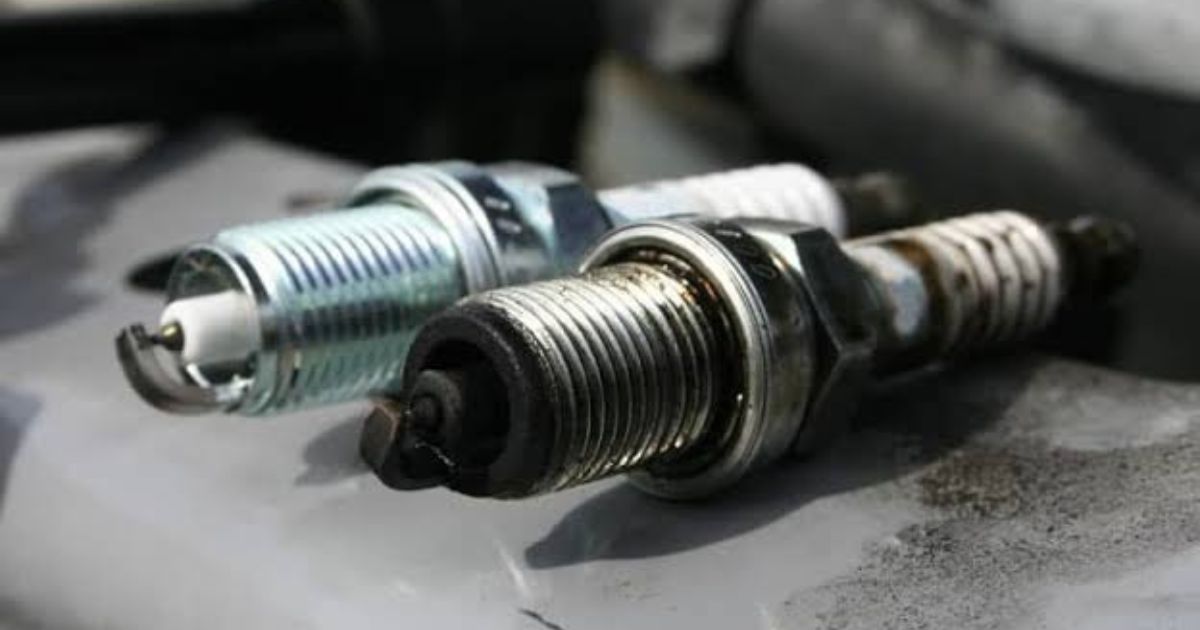Spark plugs play a vital role in the combustion process, igniting the air-fuel mixture to keep your engine running smoothly. Over time, spark plugs can accumulate carbon deposits, oil, and dirt, leading to poor engine performance. Cleaning them can restore efficiency and prolong their lifespan. This guide explains how to clean spark plugs properly.
1. Signs Your Spark Plugs Need Cleaning
✔ Rough idling or engine misfires. ✔ Reduced fuel efficiency and increased fuel consumption. ✔ Hard starting or sluggish acceleration. ✔ Visible carbon buildup on the spark plug tip. ✔ Engine hesitation or loss of power.
2. Tools and Materials Needed
✔ Spark plug socket and ratchet wrench. ✔ Wire brush or spark plug cleaner tool. ✔ Carburetor cleaner or brake cleaner. ✔ Compressed air (optional). ✔ Safety gloves and eye protection. ✔ Clean lint-free cloth or paper towels.
3. Steps to Clean Spark Plugs
Step 1: Remove the Spark Plugs
✔ Ensure the engine is cool before starting. ✔ Disconnect the spark plug wires or ignition coils carefully. ✔ Use a spark plug socket and wrench to unscrew and remove each plug. ✔ Inspect each spark plug for carbon buildup, oil fouling, or wear.
Step 2: Clean the Spark Plug Tip and Electrodes
✔ Use a wire brush to scrub away carbon deposits. ✔ Spray carburetor cleaner or brake cleaner on the electrode and threads. ✔ Wipe off excess cleaner with a clean cloth. ✔ If available, use compressed air to blow out any remaining debris.
Step 3: Check the Spark Plug Gap
✔ Use a gap gauge to check the spacing between the electrodes. ✔ Adjust the gap as needed to match manufacturer specifications. ✔ Ensure proper spacing for optimal ignition performance.
Step 4: Reinstall the Spark Plugs
✔ Carefully thread the cleaned spark plug back into the engine. ✔ Hand-tighten before securing with a wrench (do not overtighten). ✔ Reconnect the spark plug wires or ignition coils. ✔ Repeat the process for each spark plug.
Step 5: Start the Engine and Test
✔ Turn on the ignition and let the engine idle for a few minutes. ✔ Check for smooth operation and improved throttle response. ✔ If the engine misfires or struggles, consider replacing worn-out plugs.
4. Best Practices for Maintaining Spark Plugs
✔ Clean spark plugs every 10,000–15,000 miles, or as needed. ✔ Use the correct spark plug type for your vehicle. ✔ Avoid over-tightening, which can damage the threads. ✔ Replace spark plugs if cleaning does not restore performance. ✔ Ensure proper air-fuel mixture to prevent excessive carbon buildup.
5. Final Thoughts
Regularly cleaning spark plugs can enhance fuel efficiency, improve engine performance, and reduce emissions. Keeping them in good condition prevents costly repairs and ensures a smooth-running engine.
Frequently Asked Questions (FAQs)
Can I clean spark plugs with sandpaper?
✔ Yes, but a wire brush or dedicated cleaner is recommended to avoid damaging the electrodes.
How often should I clean my spark plugs?
✔ Every 10,000–15,000 miles, or as part of regular maintenance.
What happens if I don’t clean my spark plugs?
✔ Dirty spark plugs can cause misfires, poor fuel economy, and engine hesitation.
By following these steps, you can effectively clean your spark plugs and keep your engine running efficiently.
